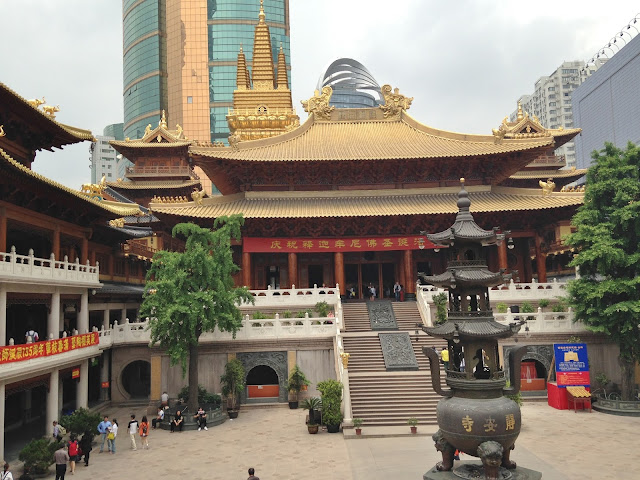After three weeks in Beijing, we decided to visit China’s
most populated city: Shanghai. The high-speed train through the Chinese
countryside takes about five hours, reaching speeds over 300 km/h. Shanghai is
strikingly different from Beijing. It’s modern, fast-paced, and international.
The Pudong district is something reminiscent of New York City. Its mega
skyscrapers include the Shanghai Tower, which is currently the tallest building
in China and the second tallest in the world (after Dubai’s Burj Khalifa). On a
hazy night, the top disappears into the clouds.
The view of Pudong is spectacular from the Bund across the Huangpu
River. Originally a British settlement, it hosts dozens of historical buildings
along the waterfront which were once home to consulates, banks and trading
posts for various Western countries.
To the South, the French Concession’s leafy streets are a reminder of a colonial past. Still today, it is home to a great number of expats living
in Shanghai. It has everything, from quaint cafes to trendy shops and
restaurants.
Though it may seem like any Chinese feel has been
stripped from Shanghai, that’s far from being true. The Old City of Shanghai is
still very much alive and serves as the urban core.
Though the walls that once surrounded the Old City have now been dismantled, its boundaries can be understood by the contrast in architecture. Two recommendations: visit the Yuyuan Gardens, and try the street food! We had the best fried rice of our entire stay in China.
Though the walls that once surrounded the Old City have now been dismantled, its boundaries can be understood by the contrast in architecture. Two recommendations: visit the Yuyuan Gardens, and try the street food! We had the best fried rice of our entire stay in China.











No comments:
Post a Comment